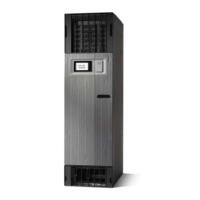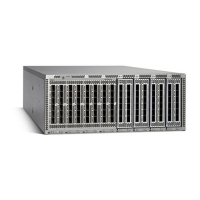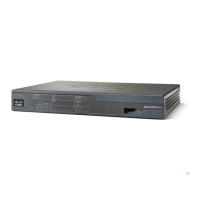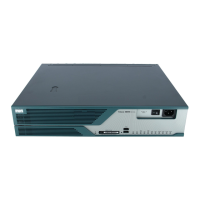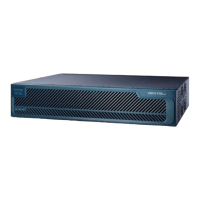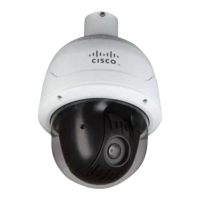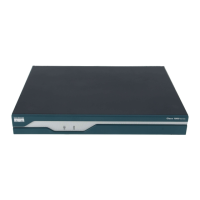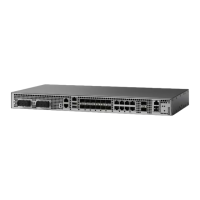MAC Address
A MAC address is a unique 6-byte address that identifies the interface at Layer 2.
MAC Accounting
The MAC address accounting feature provides accounting information for IP traffic based on the source and
destination MAC addresses on LAN interfaces. This feature calculates the total packet and byte counts for a
LAN interface that receives or sends IP packets to or from a unique MAC address. It also records a time stamp
for the last packet received or sent.
These statistics are used for traffic monitoring, debugging and billing. For example, with this feature you can
determine the volume of traffic that is being sent to and/or received from various peers at NAPS/peering
points. This feature is currently supported on Ethernet, FastEthernet, and bundle interfaces and supports Cisco
Express Forwarding (CEF), distributed CEF (dCEF), flow, and optimum switching.
A maximum of 512 MAC addresses per trunk interface are supported for MAC address accounting.
Note
Ethernet MTU
The Ethernet maximum transmission unit (MTU) is the size of the largest frame, minus the 4-byte frame check
sequence (FCS), that can be transmitted on the Ethernet network. Every physical network along the destination
of a packet can have a different MTU.
Cisco IOS XR software supports two types of frame forwarding processes:
• Fragmentation for IPV4 packets–In this process, IPv4 packets are fragmented as necessary to fit within
the MTU of the next-hop physical network.
IPv6 does not support fragmentation.
Note
• MTU discovery process determines largest packet size–This process is available for all IPV6 devices,
and for originating IPv4 devices. In this process, the originating IP device determines the size of the
largest IPv6 or IPV4 packet that can be sent without being fragmented. The largest packet is equal to the
smallest MTU of any network between the IP source and the IP destination devices. If a packet is larger
than the smallest MTU of all the networks in its path, that packet will be fragmented as necessary. This
process ensures that the originating device does not send an IP packet that is too large.
Jumbo frame support is automatically enable for frames that exceed the standard frame size. The default value
is 1514 for standard frames and 1518 for 802.1Q tagged frames. These numbers exclude the 4-byte frame
check sequence (FCS).
Flow Control on Ethernet Interfaces
The flow control used on 10-Gigabit Ethernet interfaces consists of periodically sending flow control pause
frames. It is fundamentally different from the usual full- and half-duplex flow control used on standard
Interface and Hardware Component Configuration Guide for Cisco NCS 6000 Series Routers, IOS XR Release 6.4.x
27
Configuring Ethernet Interfaces
MAC Address
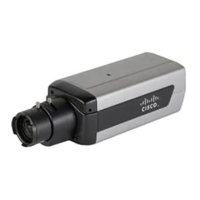
